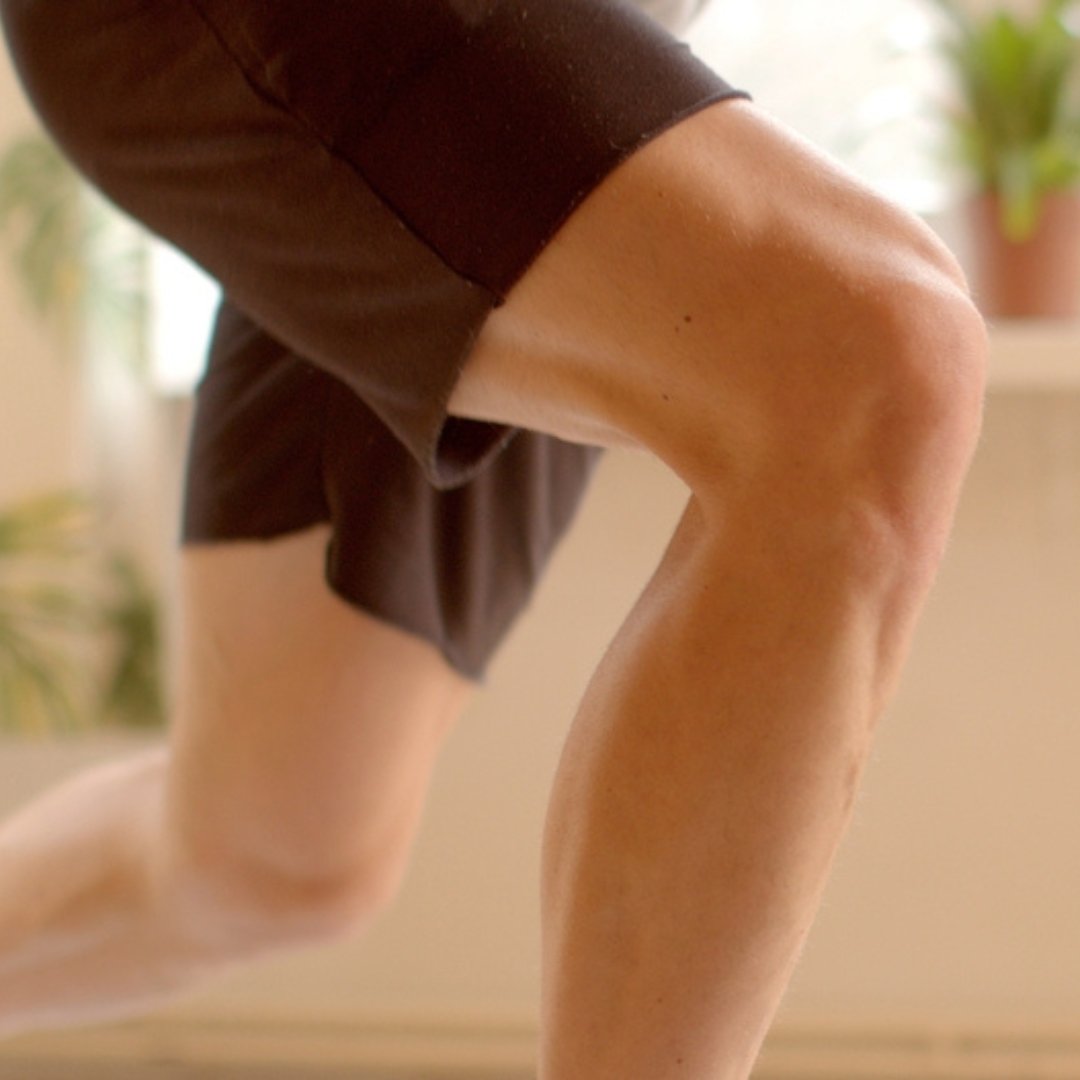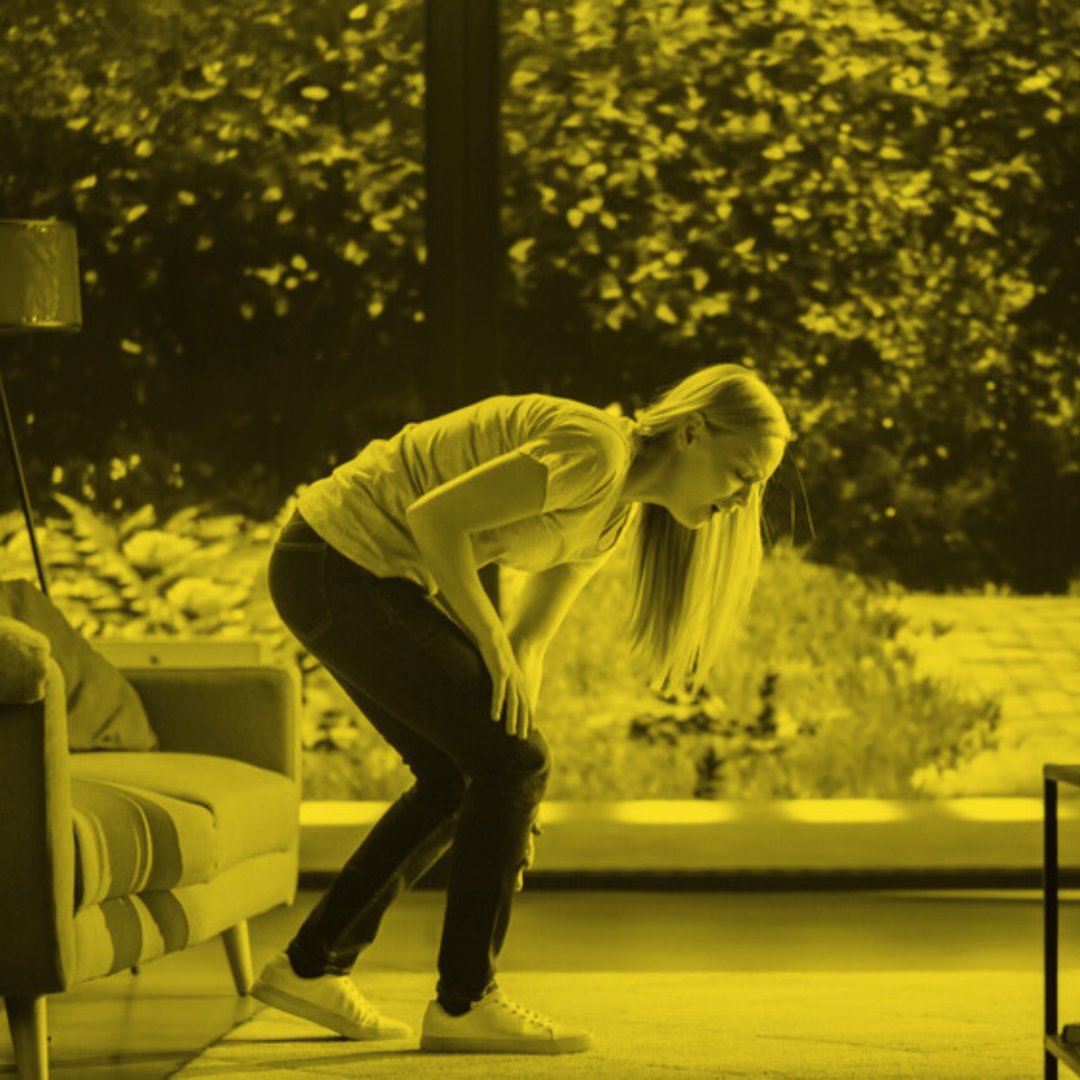
How Soon Should You Go Back to Driving After Knee Replacement Surgery?
Driving after knee replacement surgery? Learn when it’s safe to return to the road and how to manage stiffness, pedal control, and long-drive comfort.
Have you ever wondered, “Is it normal to have knee pain just from standing too long at a concert?” As a physical therapist, let me be the first to tell you: It’s normal. But it’s not fine. Because let’s face it: overuse injuries of the knee have a sneaky way of showing up when you're just trying to live your life, whether it’s dancing at a wedding, walking the dog, or yes, cheering too long for the band you loved in 1988.
Overuse injuries of the knee are incredibly common, especially once you cross into that glorious age where your body starts sending invoices for every move you made in your thirties. And those invoices? They arrive in the form of stiffness, swelling, and that charming bone-on-bone grind that sounds like Rice Krispies—snapping, crackling, and popping with every step.
Let’s talk about what causes these injuries, how to manage them without rushing into surgery, and if it comes to it, how to make knee replacement surgery a much smoother experience with the right support.
Overuse injuries of the knee occur when repetitive stress is placed on the joint over time without adequate rest or proper movement patterns. It’s like using the same door hinge every day and never oiling it. Eventually, it squeaks, sticks, and starts falling apart.
Before we get into what to do about these injuries, let’s name the usual suspects:
Despite the nickname, you don’t have to be a runner to earn this one. It often shows up in people who squat, climb stairs, or just stand a lot. The pain usually centers around the kneecap and can feel dull, achy, or sharp.
This injury brings pain to the outside of your knee and is common in walkers, runners, and people who suddenly decide to “get back in shape” by doing five miles after years of couch life.

This fancy-sounding condition causes pain and swelling on the inside of the knee, just below the joint. It often affects women and people with osteoarthritis or tight hamstrings.
Inflammation of the tendons, especially the patellar tendon, can cause sharp, throbbing pain. This often flares up when you kneel, jump, or even just stand up after sitting too long.
Knees age like the rest of us. The cartilage gets thinner. The tendons get tighter. The shock absorption gets…less shocking. And if you've spent decades being active (or just doing everyday stuff like lifting kids or kneeling to weed the garden), those joints have seen some things.
On top of that, hormones shift, especially for women in midlife, which can affect joint stability. Add in less-than-perfect posture, tight hips or hamstrings, or worn-out footwear, and you've got the perfect storm for overuse injuries.
Here’s the good news: you don’t need drastic measures to deal with overuse injuries. With the right approach, you can give your knees a second chance at a pain-free life.
I’m not saying you have to give up what you love, but your knees might benefit from a little variety. Repetitive motion from the same activity every day can wear them down. Try mixing things up: swap your daily run for a swim, explore lower-impact workouts, or alternate long walks with shorter ones. Even trimming your walk from 45 minutes to 30 can give your knees the breather they need to recover and stay strong.
Many people think knee pain means their knees are weak. Sometimes, the real problem is that the muscles around the knee—especially the glutes, hamstrings, and quads—aren’t pulling their weight. Targeted exercises can make a big difference. And no, you don’t need a gym. You just need consistency, patience, and probably a yoga mat that doesn’t slide on your tile floor.

Tight hips, calves, or hamstrings can pull on the knee and mess with your alignment. Daily stretching and gentle mobilization can help restore balance, flexibility, and reduce pressure on the joint.
Sometimes, a good knee sleeve can help. Other times, a device or program designed to mimic the hands of a therapist can help you safely perform advanced movements at home. These tools can make your daily rehab work more effective and less intimidating.
Sometimes, despite your best efforts with rest, exercise, and mobility work, knee pain sticks around. When your discomfort starts interfering with daily life, then it might be time to look beyond the basics.
One thing to keep in mind is that advanced treatment doesn’t necessarily mean surgery. Regenerative options, such as platelet-rich plasma (PRP) therapy or stem cell injections, can support healing by improving circulation, reducing inflammation, and promoting tissue repair. These approaches can offer significant relief, especially when paired with consistent movement and targeted strengthening.
And if you’re not sure what’s next? That’s when a trusted healthcare provider or physical therapist can help you map out a personalized plan. The earlier you act, the more options you’ll have to reclaim your mobility.
If your knees are constantly reminding you of all the miles you’ve walked, squatted, climbed, or danced, it’s time to do something about it. You deserve more than just “dealing with it.” You deserve knees that keep up with your life.
So don’t wait for the pain to get worse. Start strengthening. Start stretching. And when you're ready to take control of your knee health, explore a program that meets you where you are. Good luck on your knee journey!
Good knees start here. Don’t miss a step—subscribe to KneeMail for free tips from knee expert Shehla Rooney, PT (that’s me)!

Driving after knee replacement surgery? Learn when it’s safe to return to the road and how to manage stiffness, pedal control, and long-drive comfort.

Protect your knee health with lifestyle tips, exercises, and therapies that help prevent degeneration and support long-term joint comfort.

Sex after knee replacement surgery is safe with the right timing, tips, and support. Learn how to return to intimacy with confidence.

Learn how neuromuscular training improves knee stability, balance, and proprioception to support joint health and prevent injuries.

Learn why knee stiffness isn’t only caused by aging and discover strategies to ease pain, improve mobility, and support long-term knee health.